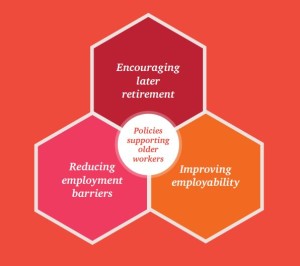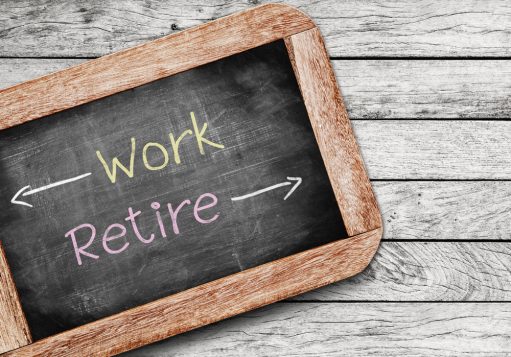That’s according to the latest Golden Age Index from PricewaterhouseCoopers which looks at how well economies are making use of employees aged over 55 across 34 OECD countries.
Australia came in at 15th. NZ has jumped up from 9th in 2003 to 2nd overall.
So how did our trans-Tasman neighbours achieve this feat?
Age-friendly policies in place
The report, which relies on 2014 data, showed nearly 40 percent of New Zealanders were working until they are 70 and the number growing. Here, the full-time rate for people over 65 was 7%.
While it’s true many Kiwis need to supplement their savings and super, the report concluded NZ also had a solid record for allowing older workers flexible working arrangements, plus a relatively low gender pay gap.
New Zealand also doesn’t have a compulsory retirement age, so many workers opt to keep working longer. Often when they do retire, they continue to work part-time or casually.
New Zealand also increased the eligibility age for its super scheme from 60 to 65 between 1992 and 2001 and removed the surcharge on additional income earned by those already claiming their super.
They also have strong human-rights legislation that prevents discrimination based on age. There’s also no age limit on accessing student loans so older workers can re-train more easily.

Australia lagging behind
In contrast, the report showed Australia was coming up short, with full-time earnings for 55-64 year-olds compared to 25-54 year-olds falling into the bottom third of countries surveyed.
The report does make a number of recommendations to encourage people to stay in the workforce longer by introducing pension reforms and flexible conditions such as “phased retirement” policies.
The Index also suggests ways to improve the employability of older workers including providing continued training and tightening discrimination laws.
Some companies have already launched programs to help their employees stay in the workforce longer. Accor offers a training program for experience workers aged 50 and over, while Catholic Homes provides flexibility in the length of its shifts and the amount of physical work.
With the number of workers over the age of 65 years only set to rise[1], clearly more needs to be done so Australia and its workers don’t keep losing out.
[1] Treasury ‘2015 Intergenerational Report Australia in 2055’ – March 2015



